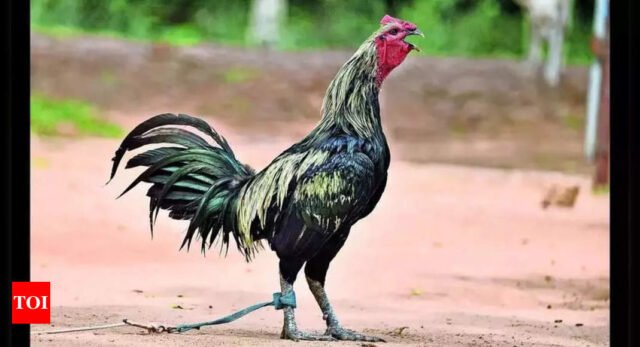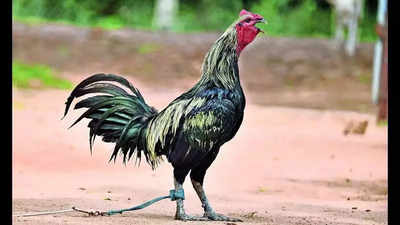Vijayawada: A mysterious viral disease that initially affected commercial poultry farms in Andhra Pradesh has now spread to backyard poultry in villages, causing widespread concern among farmers. Thousands of Aseel roosters and hens died in recent days, leaving rural families, who depend on poultry for their livelihood, deeply worried.
For the past month, large-scale broiler farms in the Godavari and Krishna districts reported excessive chicken deaths due to the unidentified disease. Now, the infection reached backyard poultry, particularly in areas like Bhimavaram in West Godavari, where native chickens such as the Asil breed are traditionally raised for meat, eggs, and racing. Unlike broilers, native chickens have higher immunity as they roam freely and consume a natural diet. However, the outbreak proved to be fatal, with chickens appearing healthy in the morning but succumbing to the disease by evening.
The situation is posing a severe financial crisis for small-scale poultry farmers, especially those who rely on selling native chicken eggs. In the Godavari districts, these eggs are sold for ₹25 each, much higher than the ₹6.5 fetched by regular layer eggs. The sudden mass deaths of chickens are causing a significant drop in income, raising fears of a severe shortage of native chicken meat and eggs in the coming months.
“We had 30 chickens at home and earned ₹500 per day from egg sales. Now, 15 of our chickens died due to the virus, and our income dropped sharply. It will take nearly a year to recover,” said Gandi Rambabu, a farmer from Veeravasaram village in West Godavari district.
The outbreak is also impacting the breeding of gamecocks used in Sankranti races. Some breeders have begun isolating healthy hens to prevent further spread of the disease.









